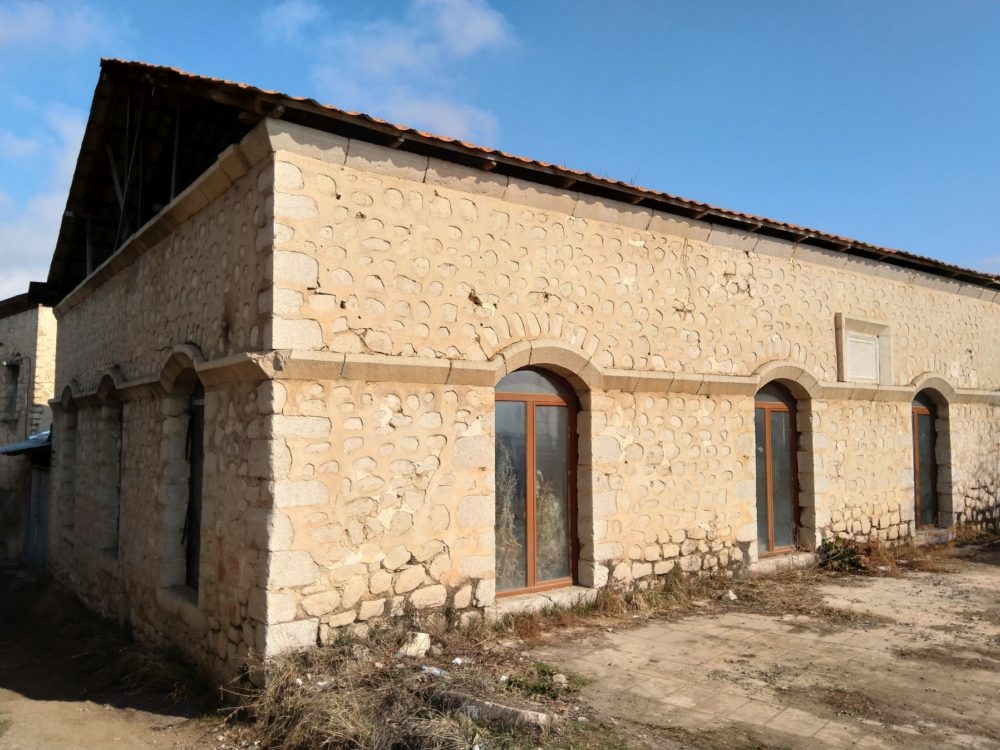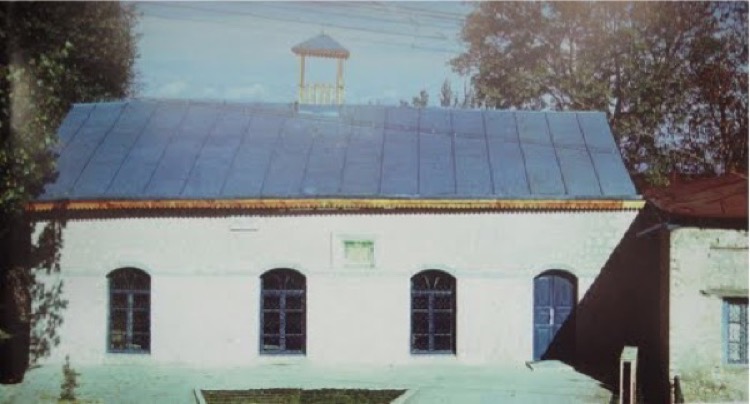Armenian vandalism in Shusha
Mamayi Mosque

One of the historical and religious monuments of 19th century Shush city that was built by Karbalayi Safikhan Garabaghi was Mamayi Mosque. The city of Shusha consisted of 17 mahallas (quarter/district/neighborhood) that were divided into upper and lower mahallas. Mamayi Mosque was located on G. Askarov streets of the Mamayi mahalla, which was part of the upper mahallas of Shusha city.
The Mosque consists of two floors. On the second floor, there is a special praying hall for women. The windows on the sides of the second floor are for lightening the hall. The general entrance door of the Mosque is asymmetric. Special stairs have been installed at the back of the Mosque to access the women’s section. Only the women’s hall can be reached by these stairs. There are four columns in the Mosque. These columns divide it into three parts. The windows in this mosque are installed by the two main facades of the building and the altar. There was a “guldeste” (tent-shaped booth for muezzin) on the roof of Mamayi Mosque, which resembled the other quadrangular house roofs of the residential buildings in Shusha city.
Mamayi Mosque functioned as a poetry house during the Soviet Union. A few years before the occupation of Shusha city by Armenians, Mamayi Mosque along with Ashaghi Govhar Agha, Yukhari Govhar Agha, and Saatli mosques were renovated. The mosque was plundered and destroyed after the occupation of Shusha city in May 1992 by the Armenian Armed Forces. There is information that, later on, the Mosque was disgracefully converted into a church by Armenians and its commemorative Islamic plaque erased and replaced with an Armenian cross.


